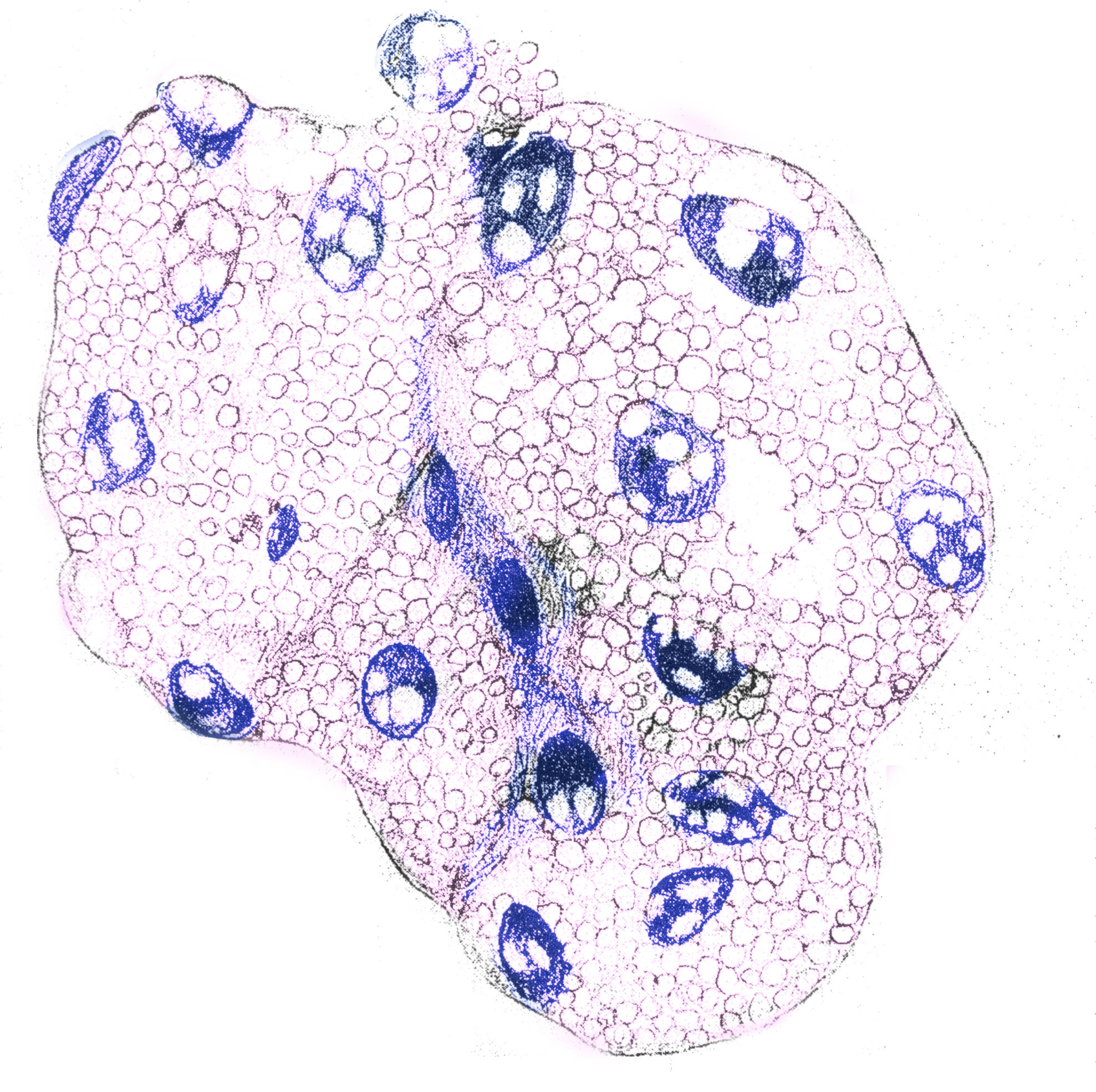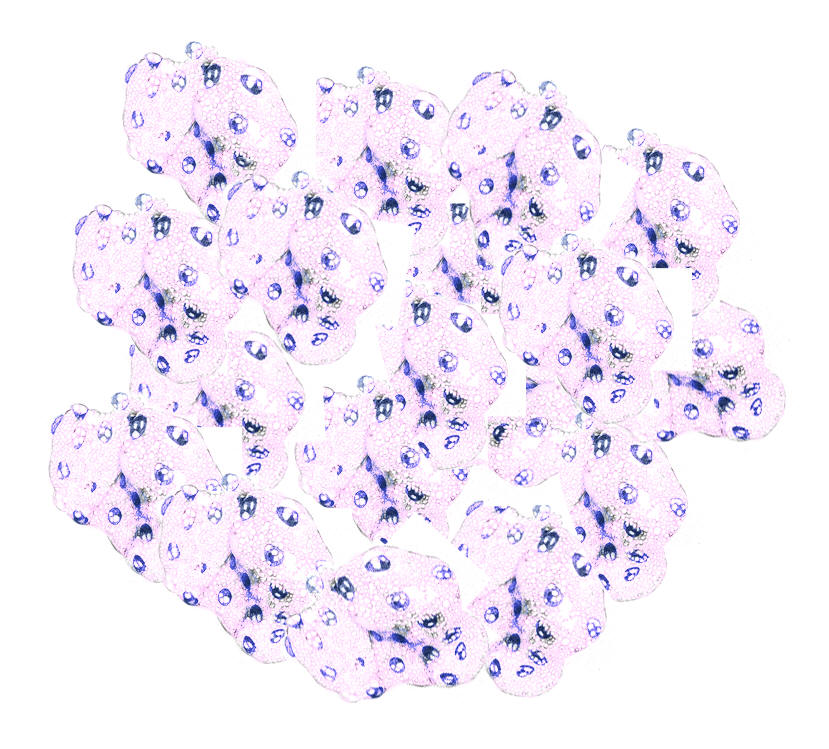|
Canine
Peripartum
Care and Diseases  129-143 129-143
Retained placenta History
- Retained placenta is often associated with
prolonged whelping or dystocia, and is more often seen in toy
breeds.
Clinical signs
- The persistence of greenish-black discharge for
longer than 24-26 hours after parturition.
- Normally the discharge
should be rust colored 48 hours postpartum.
Diagnosis
- A diagnosis that a placenta is actually retained
may be difficult, because great reliance is placed on the owner
counting the placentas as they are passed. Since placentas are not
necessarily passed with each pup and the bitch commonly eats the
placentas, it is easy for the owner to miscount. Palpation is not
reliable to diagnose a retained placenta.
- Ultrasound may be used, but it too is very
subjective in determining if a placenta is retained.
- Exploratory celiotomy may be used to definitively
diagnose retained placenta.
Therapy
- Calcium gluconate (10%) 3-10 ml IV slowly.
Followed by oxytocin, 5-25 IU, IM
- Oxytocin (5-25 IU IM) may be given routinely to
all bitches once delivery has been completed. This has been
suggested to aid in the expulsion of remaining placentas, and even
retained fetuses! This is a higher dose than I would currently
suggest.
Postpartum Metritis
- Postpartum metritis is associated with a variety
of organisms and is seen at a higher incidence when contaminated
instruments, dirty digital manipulations, and unsanitary
environment. It is complicated by tissue traumatized during
manipulations and the degree of uterine inertia. The less uterine
inertia, the less lochia is expelled and involution is hampered.
History
- The bitch that had an abortion, retained fetus,
retained placenta, dystocia, and manipulations runs a higher risk
of developing a postpartum metritis.
- There may be a lack of interest in the pups by
the bitch.
- The pups may cry and have red, edematous ani.
Clinical signs
- The bitch may show depression, anorexia, toxemia,
and/or tenesmus.

- The temperature is 103-105o F., but often the
bitch's temperature is normally up to 104o F in the first two days
postpartum, however in a normal postpartum period the bitch is not
sick.
- The pulse is rapid and frequently weak.
- The mucous membranes are congested.
- The vaginal discharge may be thin or thick,
fetid, reddish to chocolate brown. Normal lochia should be
brown-redish (green shortly after whelping) with no odor.
- The milk flow may be diminished or absent.
- You may see puppies dying, because of toxins
being absorbed from the uterus.
- The leukocyte count is usually elevated with a
left shift, but may be decreased in extremely ill bitches.
- If a fetus is retained, it will be evident with
radiographs.
Diagnosis
- Diagnosis is usually based upon the clinical
signs seen in a postpartum bitch.
- Ultrasound and radiology may help in visualizing
an enlarged uterus full of fluid.
- Culture and sensitivity from anterior vagina may
aid in choice of antibiotic, but treatment should be started
immediately with empiric antibiotics.
Therapy
- Early recognition and prompt treatment is
imperative for successful results.
- Fluid therapy should be instituted in most
bitches, as dehydration is a common occurrence.
- Antibiotics selection should be based on
culture/sensitivity, but administer broad spectrum antibiotics
until culture/sensitivity results are obtained.
- Ampicillin (20 mg/kg QID) trimethoprim or
oxacillin are good choices, with oxacillin and ampicillin being
safe for nursing pups.
- Evacuation and involution of uterus can be
hastened by use of ergonovine maleate (0.2 mg BID, p.o., for 5 d)
(oxytocin can give non-peristaltic contractions)
- Prostaglandin (0.025-0.10 mg/kg) SID or BID for
3-5 days can also help evacuate the uterus.
- Puppies should be hand fed, because toxins passed
through milk may kill the pups (toxic milk syndrome).
- Advanced cases are fatal due to toxemia and/or
peritonitis from necrosis of the uterine wall.
- Ovariohysterectomy
after stabilization of the bitch is an alternative.
Sub-involution of placental sites (SIPS)
- Bitches normally discharge lochia for
approximately 4-6 weeks postpartum. The uterus returns to normal
size by approximately 9 weeks postpartum and uterine involution is histologically complete by 12 weeks postpartum.
- With SIPS the postpartum hemorrhage continues for
8-16 weeks postpartum. The continued hemorrhage occurs due to a
failure of the normal thrombosis and normal occlusion of
endometrial blood vessels caused by damage to these vessels by
persistence of trophoblast-like cells. The trophoblast cells (also
called decidua-like
cells) do not
degenerate and
invade the
endometruim and
myometrium
causing
hemorrhage.
Clinical Signs
- Bitch is bright, alert, and responsive (BAR)
Diagnosis
- Differential diagnoses include metritis, vaginal
inflammation, neoplasia, and even proestrus.
- Perform a CBC to rule out metritis..
- With SIPS, the bitch is not sick.
-
Presenced of
decidua-like
cells in the
vaginal
smear.
-
Multinucleated,
vacuolated.

Single multinucleated vacuolated cell.

Group of cells in swab
Therapy -
- No good clinical studies to determine the optimal
therapy.
 Ergonovine
maleate (0.2 mg BID or TID for 5 d) can be administered. Ergonovine
maleate (0.2 mg BID or TID for 5 d) can be administered.
- Prostaglandins have been suggested (0.25 mg/kg SC
SID 5 days).
- Ovariohysterectomy is an alternative for the non
breeding bitch.
- See surgery
notes for surgical treatment.
Puerperal tetany (eclampsia)
- Puerperal tetany usually occurs 2-4 weeks
postpartum, but may also occur prepartum.
- It is often seen in small bitches with large
litters.
- It is caused by hypocalcemia, but the underlying
causes are poorly defined.
Differential Diagnosis
- Rule out other causes of tonic and tono/clonic
seizures.
Clinical signs
- Onset characterized by restlessness and panting
progressing to muscle stiffness and ending in complete tonic
paralysis with legs in hyperextension.
- Hyperpyrexia (107oF).
Therapy
- Calcium gluconate (can mix with 10% glucose 1:1),
given slowly (1.0-1.5 ml/kg or until vomition or recovery). The
hypoglycemia associated with the condition may be helped by adding
the glucose to the calcium gluconate. You must monitor the heart
and interrupt injection of calcium gluconate if arrhythmia or
bradycardia occurs.
- A respiratory alkalosis may cause lack of
response to calcium therapy. Sedation will prevent
hyper-ventilation.
- Glucocorticoids are contraindicated because they
decrease intestinal absorption of calcium and enhance renal
excretion of calcium.
- Prevent nursing for 24-48 hours, and then
alternate nursing and hand feeding the puppies.
- Recurrence is common during the same, or
subsequent, lactation
- Send the bitch home on 1-3 g calcium lactate or
calcium gluconate and 10,000-25,000 Units oral Vitamin D daily.
Mastitis
- Etiologic agents - coliforms, staph. strep.
Clinical signs
- One or more of the mammary glands is enlarged,
painful, hot, and red.


- The bitch may neglect the pups.
- The bitch may be asymptomatic in mild cases, but
the pups fail to thrive.
- Monitoring puppy health by weight
- Puppies should be weighed at birth.
- They should gain about 10% of that weight daily. (i.e. if they weigh 300 gms at birth they should gain about 30 grams daily).
- If they are not gaining that much they should be examined and/or supplemented individually.
Diagnosis
- Examination of the mammary glands will reveal
that they are enlarged, painful, hot, and red. The milk may be off
color.
- There may be a leukocytosis
Therapy
-
Perform a culture/sensitivity of milk.
-
Treat with antibiotics that distribute to the
milk. Mastitic milk is usually acidic, and bases distribute better
into acidic milk. Ampicillin or oxacillin are good choices until a
culture and sensitivity results are back.
-
You may want to keep the pups nursing the bitch
if possible,
because this will keep the glands drained.
-
If there is an open
abscess or gangrene, then remove pups
and hand feed. Treat the abscessed gland as open wound.
Nonseptic mastitis
- The mammary glands are engorged and sensitive.
- There is usually no fever and the bitch is not
sick.
- Encourage nursing by the pups.
Galactostasis/Poor Milk Production
- With galactostasis you see hard, caked glands
because the bitch is not producing milk.
- Give symptomatic relief by soaking the glands,
analgesia for the bitch, and encouragement of nursing by the pups.
- Metoclopramide (dopamine antagonist....prolactin agonist)
- 0.1-0.5 mg/kg TID PO, SQ or IM
- Potential side-effects of behavioural changes.
- Domperidone at 2.2 mg/kg po bid - said to work faster than metoclopramide and less side effects
Uterine torsion
- Uterine torsion is not common. Although the bitch
may be asymptomatic, they often are in shock.
- These bitches need surgery
to correct the torsion or remove the uterus if it is devitalized.
Uterine prolapse
- Uterine prolapse has been reported in the bitch
- Surgery
is probably required.
|
 Canine
Index
Canine
Index Next
Page
Next
Page Canine
Index
Canine
Index Next
Page
Next
Page